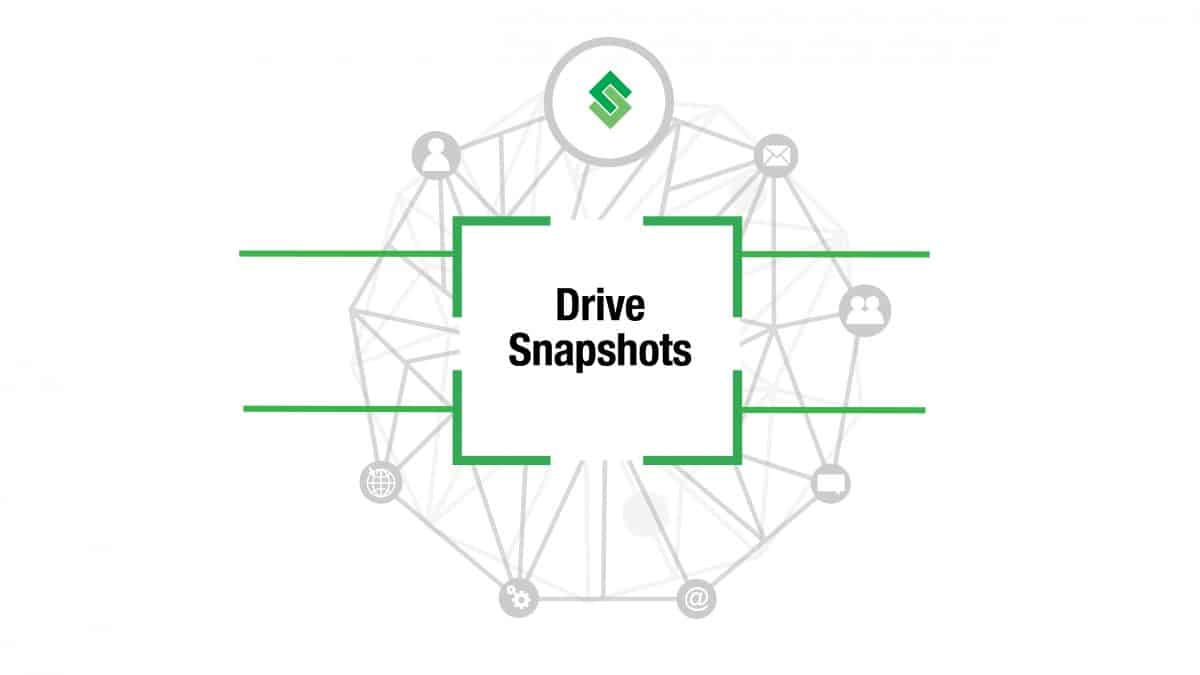In this second installment of the two-part tutorial on configuring Linux services to start automatically after a reboot or system crash, we will discuss the init system in detail. You can refer to Part 1 of the series: How to Configure a Linux Service to Auto-Start After a Reboot or System Crash: Practical Examples here. The current tutorial will be …
CloudSigma How To Series: Cloud Backup Functionality
In this tutorial of CloudSigma How-to Series we will walk you through CloudSigma’s brand new backup functionality. It is available for all customers in one of our European cloud locations. The new feature is based on remote snapshots. This service is an extension to our standard snapshot service however, it allows customers to create point-in-time snapshots as an independent backup in …
CloudSigma How To Series: Drive Snapshots
In this tutorial of CloudSigma’s How-to Series we walk you through one very important feature of CloudSigma – snapshots! With this feature you are able to create point-in-time snapshots of your drives. Subsequently, the snapshots can later be cloned and upgraded to create stand-alone drives. A snapshot can be created on-demand while the server is running. Thus, it will not …
How to securely use BitTorrent Sync for backups
A while back I wrote a guest post on BitTorrent’s blog about how to use BitTorrent Sync as an alternative to cloud storage services, such as Dropbox and Box. As a result, this post is an expansion of that post that provides more clear step-by-step instructions on how to securely deploy BitTorrent Sync. Security notes First, since the focus of …





